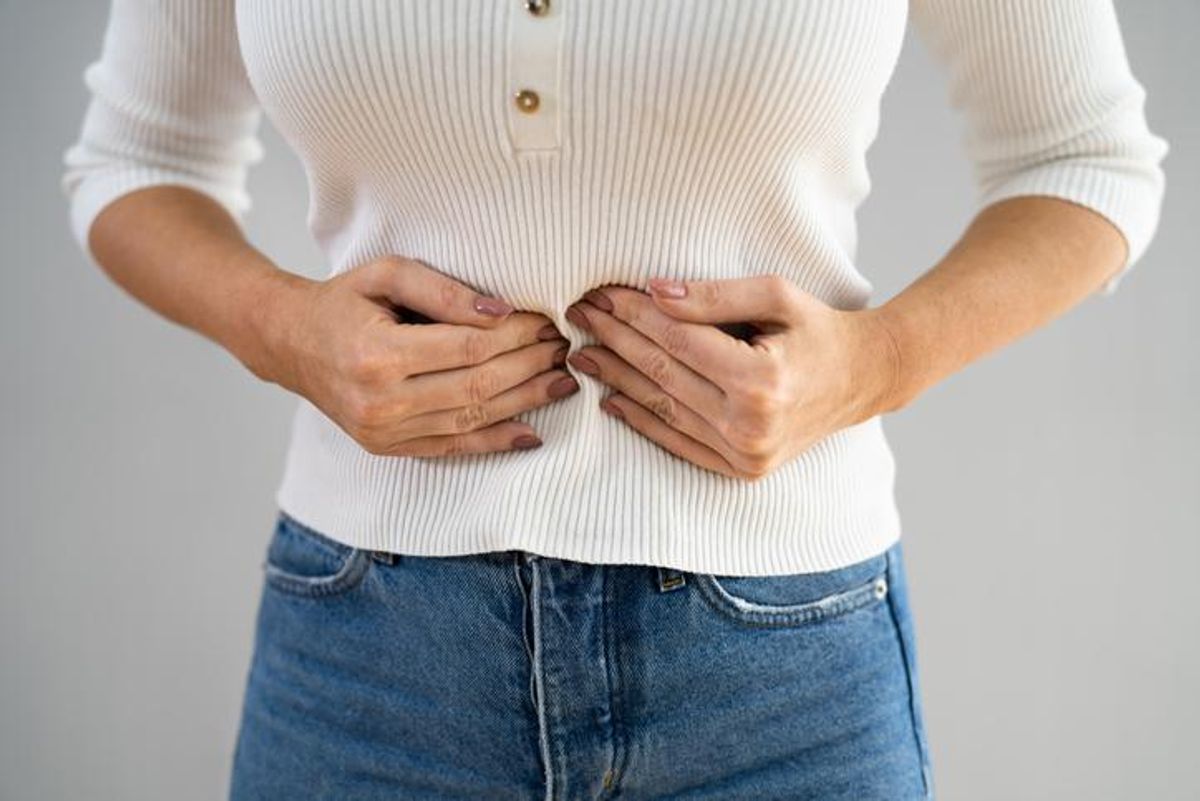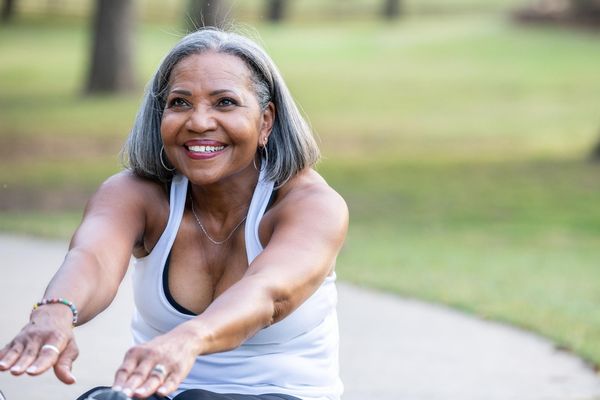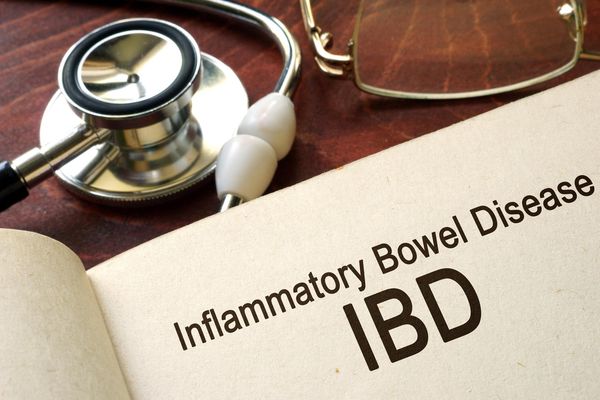Q:
I have had a few bouts of diverticulitis and have to be careful about what I eat. High-fiber foods cause me to have a lot of gas and gassy bowel movements. If I put vegetables in a blender and mix until they are like soup, will my body process them in the same way as if they were whole? In other words, will they cause as much gas and discomfort? Would it make a difference if they were cooked or raw when I blend them?
A:
First, let me explain a little about diverticulitis to readers who may not be familiar with the condition. Many people have small pouches in their colons that bulge outward through weak spots, like an inner tube that pokes through weak places in a tire. Each pouch is called a diverticulum. Pouches (plural) are called diverticula. The condition of having diverticula is called diverticulosis.
When the pouches become infected or inflamed, the condition is called diverticulitis. Increasing the amount of fiber in the diet may reduce symptoms of diverticulosis and prevent complications such as diverticulitis. Fiber keeps stool soft and lowers pressure inside the colon so that bowel contents can move through easily.
People differ in the amounts and types of foods they can eat. First, be sure to increase your intake of fiber gradually. Eating too many high-fiber foods at one time can cause gassiness. Unless you're having a bout of diverticulitis, you should be eating high-fiber foods every day. Regular intake of fiber will help your digestive tract get used to the fiber and you'll probably find that your gassiness will subside. However, if certain foods cause gas and abdominal pain, then processing or cooking the food to reduce the work of the digestive track is helpful and may cause less gas and discomfort. Generally, cooking before blending the foods would be best. You might also try taking an over-the-counter enzyme supplement, such as Beano®, with your meals to help lessen gas. Decisions about diet should be made based on what works best for each person. Keeping a food diary may help identify individual foods in your diet that cause discomfort.







